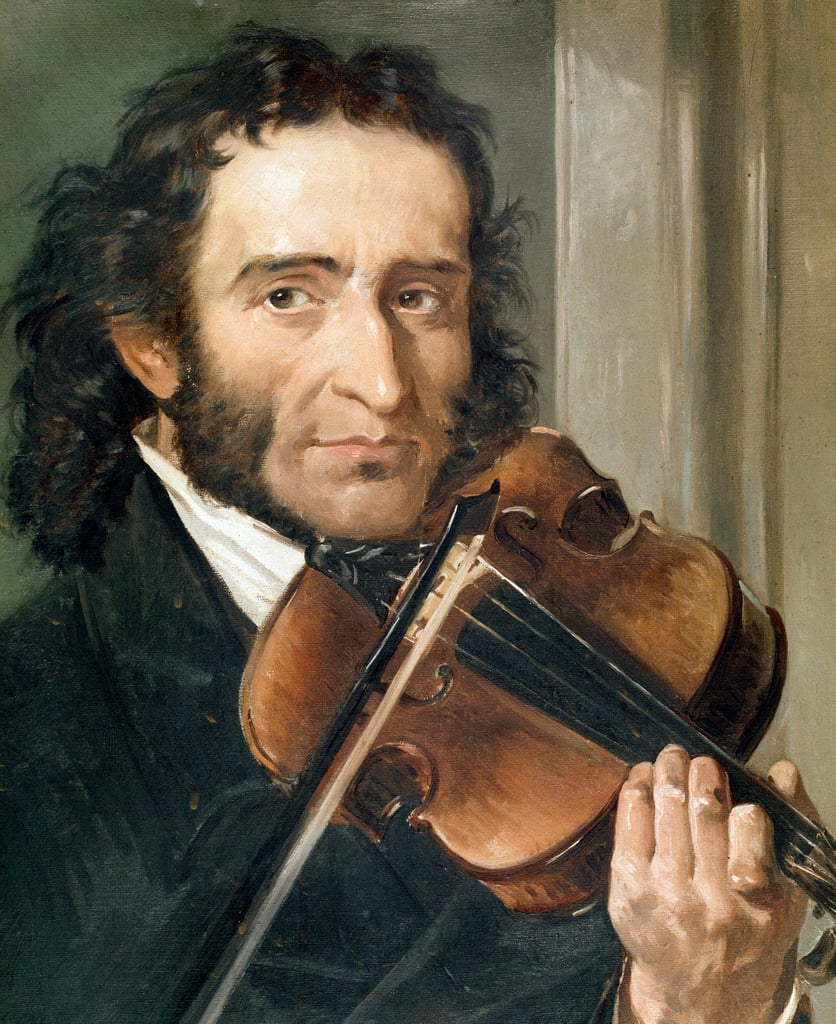There are quite a few classical music
“stars” throughout history—men and women who not only mastered the art of
composition but were known as virtuosos of their time. Nicolò Paganini (1782–1840)
is one man whose virtuosity paved the way for generations of performing artists
who followed.
 |
| Courtesy of wikimedia.org |
Considered by some to be the greatest violin
virtuoso in history, Paganini began his music studies on mandolin at five years
old and switched over to violin two years later. He first studied under his
father, who was quite strict, threatening to take away the young boy’s food if
he didn’t practice enough! At twelve, Paganini went to study with the great
Alessandro Rolla. After hearing the boy play, Rolla sent him away, explaining
that there was nothing more to teach, encouraging him to pursue additional
musical avenues including composition.
Paganini was technically superb and
became known for ricocheting his bow (bouncing notes on one bow stroke), using
left-hand pizzicato (plucking the strings with the fingers or thumb), and
playing double-stop harmonics (multiple notes at the same time). Paganini was
also known for his skill at sight-reading. Often times he would sight-read any
piece placed in front of him at the end of a concert.
The virtuosic Paganini became quite
skilled as a composer in addition to performing the violin. Sometimes he would
write a challenging work that he could learn to play for his own concerts. Next
time, join me as we look at Paganini’s famous 24 Caprices, and learn how they inspired composers in later
generations.
